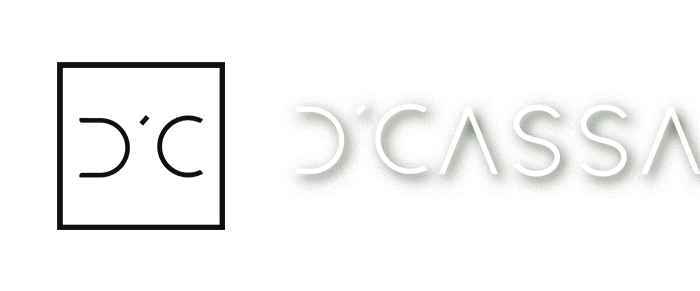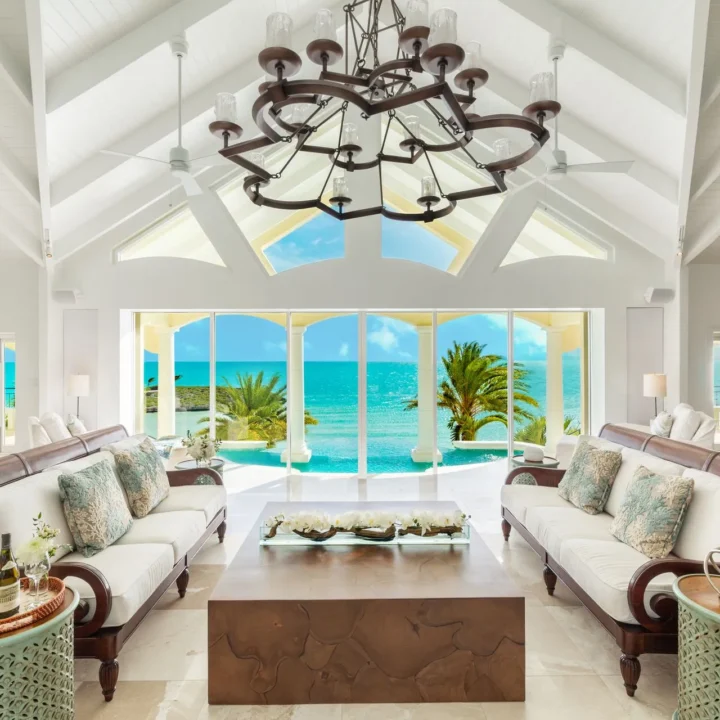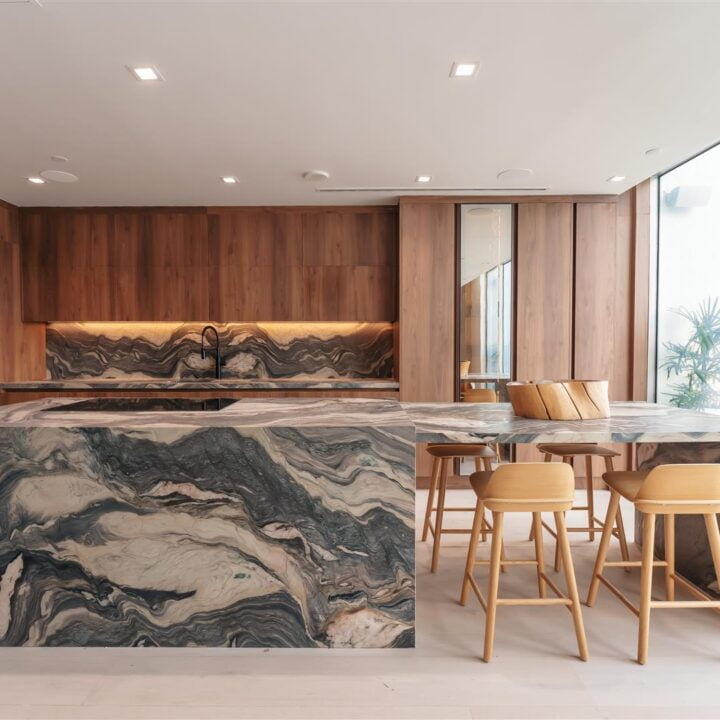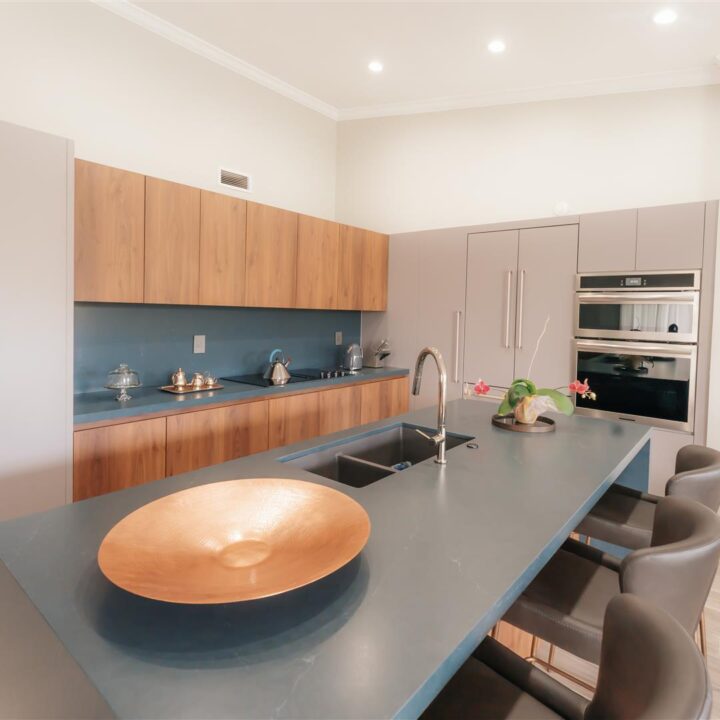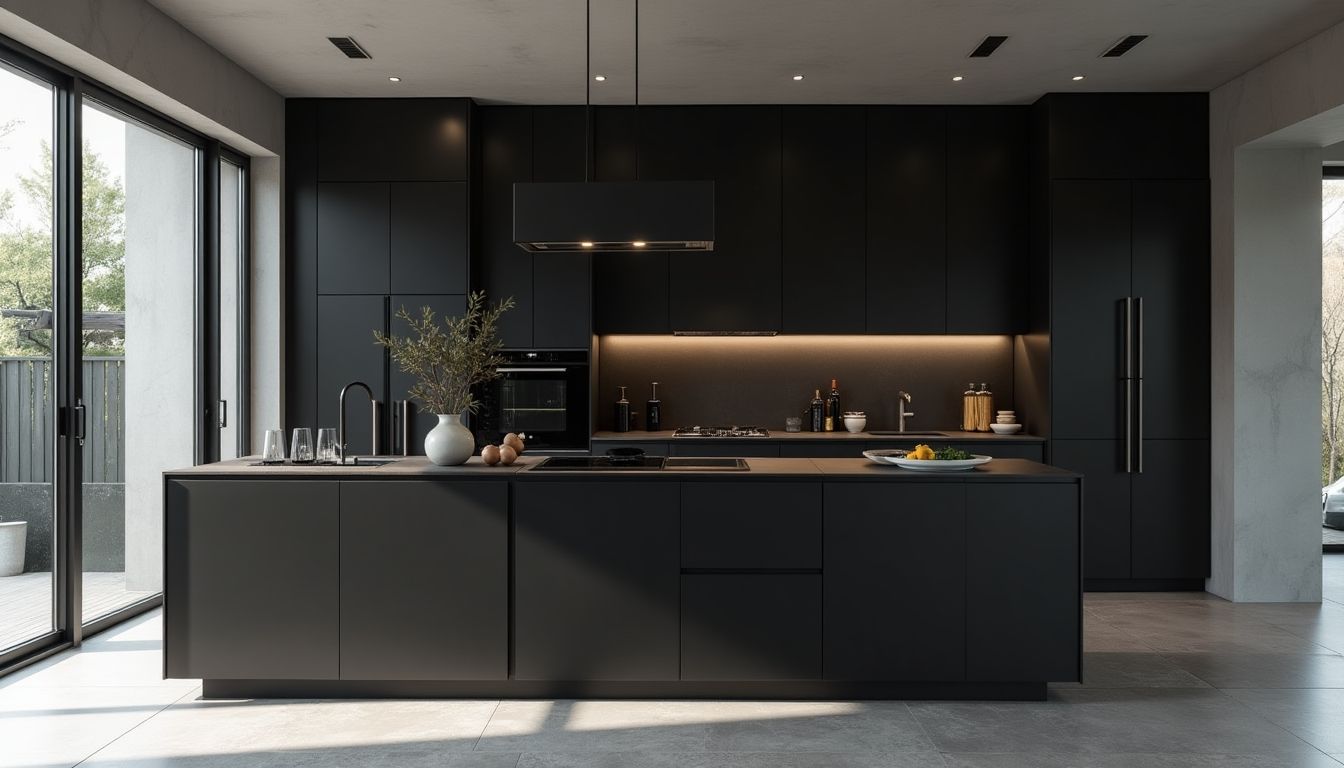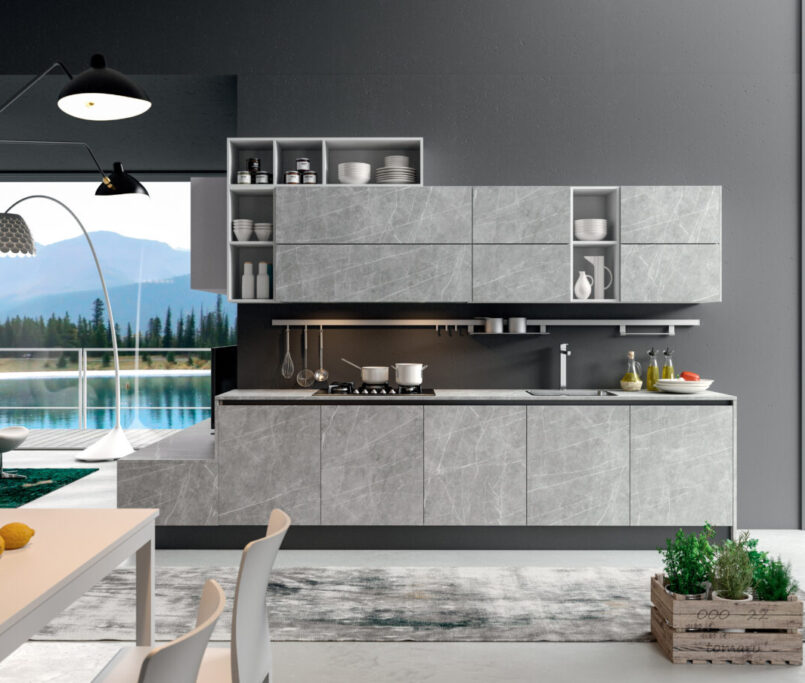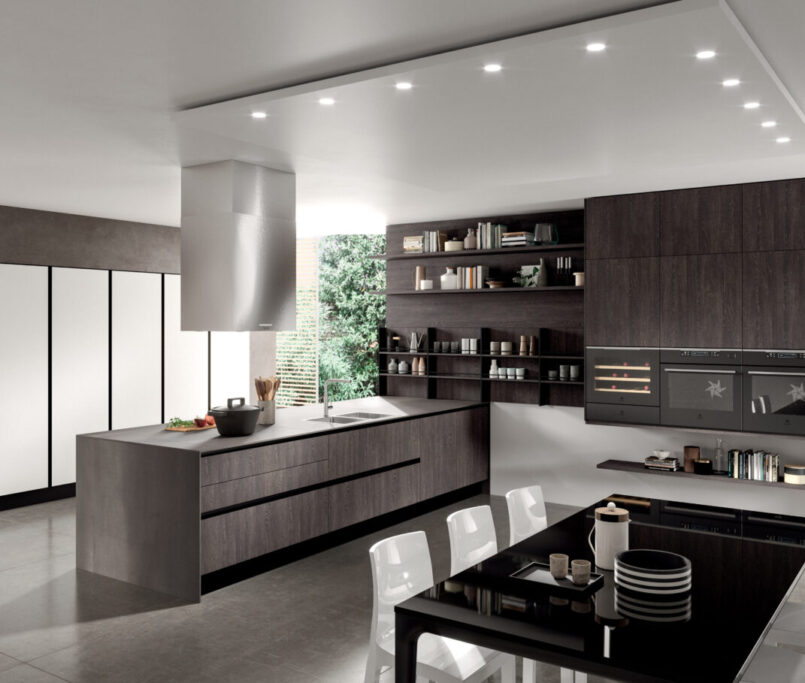Italian kitchen design for 2025 is all about blending luxury with practicality. As we look ahead, these kitchens are set to combine traditional craftsmanship with cutting-edge technology, offering spaces that are both beautiful and highly functional. From innovative storage solutions to bold color trends, Italian kitchens are evolving to meet modern needs while retaining their timeless elegance. This article explores the key trends shaping Italian kitchen design, providing insights into creating a kitchen that’s not only stylish but also perfectly suited for contemporary living.
Key Takeaways
-
Italian kitchen design in 2025 will blend luxury and functionality, focusing on both aesthetics and practicality.
-
Innovative storage solutions will play a crucial role, with built-in appliances and discreet storage options maximizing space.
-
The fusion of technology and tradition will see smart appliances becoming standard, enhancing convenience without losing classic charm.
-
Bold color palettes and the return of earthy tones will dominate, allowing for greater personalization in kitchen aesthetics.
-
Sustainability will be a central theme, with eco-friendly materials and energy-efficient appliances becoming more prevalent.
The Evolution of Italian Kitchen Design
Historical Influences on Modern Design
Italian kitchens have a rich history that dates back centuries, blending traditional craftsmanship with contemporary flair. The roots of Italian kitchen design can be traced to the Renaissance, where art and architecture flourished, influencing home interiors. Today, these historical elements are subtly woven into modern designs, creating a unique blend of old and new. The use of arches, ornate detailing, and classic color palettes are just a few examples of how historical influences persist in today’s kitchens.
Key Elements of Italian Aesthetics
Italian kitchen design is renowned for its emphasis on both form and function. Elegance is achieved through clean lines, high-quality materials, and a focus on open spaces. Natural stone, wood, and metal are commonly used, reflecting Italy’s rich natural resources. The aesthetic is often minimalist, yet warm and inviting, with a focus on creating a space that is both beautiful and practical.
The Role of Italian Craftsmanship
Craftsmanship is at the heart of Italian kitchen design. Skilled artisans bring a level of detail and quality that is unmatched. From custom cabinetry to hand-painted tiles, the attention to detail is evident in every aspect of the kitchen. This dedication to craftsmanship ensures that each kitchen is not only functional but also a work of art. Italian craftsmanship is about more than just aesthetics; it’s about creating a space that stands the test of time.
Innovative Storage Solutions in Italian Kitchens

Maximizing Space with Built-In Appliances
In the world of Italian kitchens, built-in appliances are all the rage. They hide bulky gadgets like fridges and ovens right inside your cabinets, making everything look neat and tidy. This style is perfect for creating a sleek, modern vibe. Plus, having appliances tucked away means more room for other kitchen essentials.
The Art of Discreet Storage
Italian kitchens are all about smart storage that doesn’t scream for attention. Think of cabinets that blend seamlessly with the walls or pull-out shelves that hide away when not in use. This kind of storage keeps your kitchen looking clean and uncluttered. It’s about having everything you need within reach but out of sight.
Customizable Cabinetry Options
Custom cabinets are a big deal in Italian kitchen design. They let you pick everything from the color to the finish, so your kitchen matches your style perfectly. Companies like DCassa specialize in these high-end options, making sure every detail fits your needs. Whether it’s a bold black finish or a more subtle wood grain, the choice is yours.
The Fusion of Technology and Tradition
Smart Appliances in Italian Kitchens
In the world of kitchen design, technology is transforming how we interact with our culinary spaces. Italian kitchens are no exception. They’re embracing smart appliances that make cooking not just easier, but also more enjoyable. Imagine a refrigerator that tells you when you’re out of milk or an oven that you can preheat from your phone. These innovations are not just about convenience; they’re about creating a seamless cooking experience. In fact, many of these smart devices come with energy-saving features that help reduce your carbon footprint while keeping your kitchen running smoothly.
-
Remote Control: Operate appliances from anywhere using smartphone apps.
-
Voice Assistance: Hands-free control for setting timers or finding recipes.
-
Energy Efficiency: Smart usage data to optimize performance and save energy.
Balancing Modern Tech with Classic Design
The challenge for many Italian designers is blending cutting-edge technology with the timeless elegance of traditional kitchen design. This balance is crucial to maintaining the warmth and charm that Italian kitchens are known for. Designers are incorporating tech in subtle ways, like integrating touchless faucets or hidden charging stations, so that the technology enhances rather than overwhelms the space. It’s about keeping the kitchen functional while still feeling like the heart of the home.
In a modern Italian kitchen, technology should feel like a natural extension of the space, enhancing its functionality without sacrificing its soul.
The Future of Kitchen Connectivity
As we look to the future, the connectivity of kitchen appliances will only grow. Kitchens are becoming more interconnected, allowing for a truly integrated cooking experience. Future innovations might include appliances that communicate with each other, like a smart oven that adjusts its cooking time based on the contents of your fridge. This level of connectivity will make kitchens more intuitive and responsive to our needs.
-
Interconnected Appliances: Devices that work together for a smoother cooking process.
-
Predictive Maintenance: Appliances that alert you before a malfunction occurs.
-
Enhanced User Interfaces: More intuitive controls and displays for easier use.
Color Trends in Italian Kitchen Design
Bold and Vibrant Color Palettes
In 2025, Italian kitchens are embracing bold colors like never before. Imagine deep, moody blues and rich emerald greens taking center stage. These colors are not just for accents anymore; they are being used for entire cabinetry and even appliances, creating a striking visual impact. Rich jewel tones like ruby red and sapphire blue are also making waves, often paired with metallic finishes to add a touch of luxury.
The Return of Earthy Tones
Earthy tones are making a big comeback, bringing a sense of nature and warmth into the kitchen. Think shades of terracotta, warm taupes, and soft sage greens that create a cozy and inviting atmosphere. These colors are perfect for those who want a kitchen that feels grounded and connected to the natural world. They pair beautifully with natural materials like wood and stone, enhancing the organic feel of the space.
Customizable Color Options
Customization is key in 2025, with homeowners having more options than ever to personalize their kitchens. From choosing the exact shade for their cabinetry to selecting unique finishes, the possibilities are endless. This trend allows for a truly unique kitchen design that reflects personal taste and style. Whether you want a bold statement piece or a subtle, understated look, customizable color options ensure your kitchen is uniquely yours.
Italian kitchens in 2025 are not just about function; they are a canvas for personal expression, where color plays a pivotal role in setting the mood and style of the space.
Sustainable Practices in Italian Kitchen Design
Eco-Friendly Materials and Finishes
In 2025, Italian kitchens are all about going green without losing style. Recycled and upcycled materials are a big hit. Think countertops made from recycled glass or plastic, cabinets from reclaimed wood, and bamboo flooring. These choices not only cut down on environmental impact but also give kitchens a unique vibe.
Homeowners are also opting for natural and non-toxic finishes. Using low-VOC paints and sealants for cabinetry and other wood elements helps reduce indoor air pollution, creating a healthier living space.
Energy-Efficient Appliances
Energy efficiency is now a must-have in modern kitchens. Appliances with Energy Star certification or similar eco-labels are in demand. Induction cooktops are getting popular because they heat pots directly, saving energy and offering precise temperature control.
Water conservation is another focus area. Low-flow faucets and water-efficient dishwashers are becoming standard features. Some kitchens even have greywater systems to recycle water from sinks for irrigation or toilet flushing.
Sustainable Design Principles
Italian kitchens are embracing sustainable design principles that blend functionality with eco-consciousness. Composting solutions are being built-in, with dedicated bins or even systems that speed up the composting process. This helps in reducing food waste significantly.
Daylight harvesting systems, which adjust electric lights based on available daylight, are being used to maximize natural light and cut down on artificial lighting reliance. This not only saves energy but also creates a warm, inviting atmosphere.
The kitchen is evolving into a space that not only serves culinary needs but also reflects a commitment to the environment. As we move towards 2025, the emphasis on sustainable practices in kitchen design is more than just a trend—it’s a lifestyle choice that defines the future of living spaces.
The Role of Luxury in Italian Kitchen Design
Defining Luxury in Modern Kitchens
Luxury in the kitchen isn’t just about opulence; it’s about crafting a space that reflects your personal style and meets your needs. True luxury combines elegance with functionality, creating an environment that feels both sophisticated and welcoming. In modern Italian kitchens, luxury is defined by the seamless integration of high-quality materials, innovative technology, and exceptional craftsmanship.
Luxury Materials and Finishes
Italian kitchen design is renowned for its use of high-end materials like marble, granite, and solid wood, which bring a timeless elegance to the space. These materials are often paired with exquisite finishes such as polished brass or brushed nickel, adding a touch of sophistication. The choice of materials and finishes is crucial in setting the tone for a luxury kitchen, ensuring durability and a lasting aesthetic appeal.
-
Marble countertops for a classic, elegant look
-
Solid wood cabinetry that adds warmth and richness
-
Polished brass fixtures for a touch of glamour
The Impact of High-End Appliances
High-end appliances are a hallmark of luxury kitchens, offering not just functionality but also style. In Italian kitchens, these appliances often feature sleek designs and cutting-edge technology, making them both beautiful and efficient. Brands like ILVE offer customizable options, allowing homeowners to tailor their appliances to their specific tastes and needs.
-
Smart ovens with precision cooking features
-
Induction cooktops for energy-efficient cooking
-
Built-in refrigerators that blend seamlessly with cabinetry
In the world of luxury kitchen design, it’s all about creating a space that feels uniquely yours. Whether it’s through the choice of materials, the style of appliances, or the overall layout, every element should contribute to a kitchen that is not only functional but also a true reflection of personal taste.
For those looking to transform their kitchens into luxurious spaces, D’Cassa’s bespoke kitchen solutions offer a perfect blend of Italian craftsmanship and modern design.
Personalization and Customization in Kitchen Design

Tailoring Kitchens to Individual Tastes
Creating a kitchen that truly reflects your personality is more achievable than ever. With so many options available, you can mix and match styles, colors, and materials to suit your taste. Italian kitchens are renowned for their ability to blend luxury with personal expression. Whether you prefer a sleek, modern look or something more traditional, there’s a design out there for you. Think about incorporating personalized elements like custom cabinetry or unique countertop materials. This not only makes your space functional but also truly yours.
The Rise of Bespoke Appliances
In 2025, the trend of bespoke appliances is on the rise. Homeowners are increasingly seeking appliances that not only meet their functional needs but also align with their aesthetic preferences. Brands like ILVE lead this trend by offering a wide range of customizable options, including over 200 RAL colors for their appliances. This allows you to inject color precisely where you want in your kitchen design, creating a fully bespoke palette. Imagine a refrigerator that perfectly matches your cabinets or an oven that complements your island’s color scheme.
Creating a Unique Kitchen Experience
Your kitchen should be a reflection of who you are, a place where you feel comfortable and inspired. Customization goes beyond just choosing colors or finishes; it involves creating a space that caters to your lifestyle. Perhaps you love hosting dinner parties and need a layout that facilitates social interaction, or maybe you’re an avid cook who requires a professional-grade kitchen. Whatever your needs, the goal is to create a kitchen that not only meets them but also enhances your daily life.
The kitchen is more than just a place to cook—it’s a space where memories are made. By personalizing your kitchen, you’re not just designing a room, you’re crafting an experience that resonates with your lifestyle and taste.
Incorporating elements from projects like The Providenciales Project can offer inspiration, showcasing how luxurious design can blend with practical functionality. Consider how these elements can be integrated into your own kitchen to create a space that’s both beautiful and functional.
The Importance of Lighting in Italian Kitchens
Lighting in Italian kitchens isn’t just about function—it’s an art form that transforms the space into a warm, inviting hub of activity. Let’s explore the different aspects that make lighting so crucial.
Ambient and Task Lighting Solutions
Italian kitchen design focuses heavily on creating a balance between ambient and task lighting. Ambient lighting sets the overall mood, often achieved with elegant ceiling fixtures or recessed lighting. Task lighting, on the other hand, provides focused illumination where it’s needed most, like over countertops and cooking areas. A popular choice is under-cabinet lighting, which not only adds a modern touch but also ensures that every corner is well-lit.
Innovative Lighting Designs
Innovation in lighting design is at the heart of Italian kitchens. From statement pendant lights to integrated LED strips, the options are endless. Pendant lights, especially those in materials like brass or matte black, add a touch of elegance. LED strips can be installed in unexpected places, such as inside drawers or along shelves, creating a subtle glow that enhances the kitchen’s atmosphere.
The Role of Natural Light
Natural light is a prized element in any Italian kitchen. Large windows or skylights are often incorporated to flood the space with daylight, making it feel open and airy. In situations where adding windows isn’t feasible, tubular skylights or solar tubes are innovative solutions that bring in natural light without altering the structure.
Lighting in an Italian kitchen is more than just a practical necessity; it’s a way to highlight the beauty and craftsmanship of the space. Whether through carefully chosen fixtures or the clever use of natural light, the right lighting can turn a kitchen into a work of art.
The Social Hub: Kitchen Islands and Open Spaces
Designing for Social Interaction
Kitchen islands are more than just a cooking space—they’re the heart of social interaction in modern kitchens. With open floor plans becoming the norm, islands serve as a natural gathering spot for family and friends. They offer a place to chat while preparing meals or enjoy casual dining. The versatility of kitchen islands makes them a beloved feature in contemporary homes. Whether it’s for a quick breakfast or a festive dinner party, the island is where everyone ends up.
The Versatility of Kitchen Islands
These days, kitchen islands are doing it all. They’re not just for chopping veggies or mixing dough. Islands now come with built-in sinks, cooktops, and even seating arrangements. You can find islands with wine coolers, book shelves, and charging stations for your gadgets. This multifunctionality makes islands indispensable in today’s kitchens.
-
Integrated appliances like dishwashers and fridges
-
Storage solutions with pull-out drawers and cabinets
-
Extended countertops for dining or working
Open Concept vs. Zoned Spaces
The debate between open concept and zoned kitchen spaces is ongoing. Open concepts are great for keeping an eye on the kids while cooking or for entertaining guests. However, some prefer distinct zones for cooking, dining, and relaxing. This can be achieved with clever use of furniture or partitions. Zoned spaces offer privacy and help reduce noise, which can be a blessing during a busy day.
In 2025, kitchen design is all about balance. Whether you prefer an open layout or distinct zones, the goal is to create a space that feels both functional and welcoming. Islands and open spaces are central to this design philosophy, offering flexibility and style.
The Influence of Italian Designers and Brands
Leading Italian Kitchen Designers
Italian designers have long been at the forefront of kitchen innovation, blending traditional craftsmanship with modern flair. Names like Arclinea and Garofoli are synonymous with cutting-edge design, offering kitchens that are both functional and aesthetically pleasing. These designers emphasize the importance of creating spaces that reflect personal style while maintaining practicality. Their ability to merge old-world charm with contemporary needs makes them leaders in the industry.
Iconic Italian Kitchen Brands
Italy is home to some of the most iconic kitchen brands, each bringing its unique flair to the table. Brands like D’Cassa and ILVE are renowned for their commitment to quality and style. D’Cassa, for instance, is celebrated for its luxurious marble countertops and meticulous cabinetry, while ILVE offers a range of custom hoods that are both powerful and stylish. These brands not only provide high-end products but also inspire creativity and individuality in kitchen design.
Collaborations and Innovations
Collaboration is at the heart of Italian kitchen design, with brands often teaming up with designers to push the boundaries of what a kitchen can be. This synergy between creative minds results in spaces that are innovative and unique. Italian brands are known for their pioneering spirit, constantly exploring new materials and technologies to enhance the kitchen experience. For example, DCassa specializes in bespoke cabinetry, ensuring that every piece is tailored to the client’s specific needs, marrying functionality with elegance.
Italian kitchen design is not just about aesthetics; it’s about creating an environment that inspires and enhances everyday life. The fusion of tradition and innovation is what sets Italian kitchens apart, making them a staple in homes around the world.
Italian designers and brands have a huge impact on the world of style and home design. Their unique ideas and high-quality materials set trends that many people follow. If you’re looking to bring a touch of Italian elegance to your home, visit our website to explore our custom kitchen cabinets and more!
Conclusion
In the end, Italian kitchen design for 2025 is all about blending luxury with everyday practicality. It’s not just about looking good; it’s about making life easier and more enjoyable. With companies like D’Cassa leading the charge, we’re seeing kitchens that are both stylish and smart. Think sleek storage solutions that hide away clutter, and appliances that do more than just cook—they become part of the decor. Brass finishes are making a comeback, adding a touch of elegance without being over the top. And let’s not forget the tech—smart gadgets are becoming a staple, making kitchens more efficient and fun to use. So, whether you’re a fan of bold colors or prefer a minimalist vibe, there’s something for everyone in the kitchens of tomorrow. It’s about creating a space that’s uniquely yours, where luxury meets functionality in the most seamless way.
Frequently Asked Questions
What makes Italian kitchen design special?
Italian kitchen design is known for its blend of elegance and functionality, using high-quality materials and craftsmanship to create spaces that are both beautiful and practical.
How can I add luxury to my kitchen?
You can make your kitchen feel luxurious by using bold colors, adding brass accents, and choosing seamless storage solutions to keep the space uncluttered.
What are some popular color trends for kitchens in 2025?
In 2025, kitchen colors are expected to be bold and vibrant, with a return to earthy tones and customizable color options to suit personal tastes.
How do Italian kitchens incorporate technology?
Italian kitchens often blend modern technology with traditional design, using smart appliances and connectivity to enhance convenience without losing classic style.
What are some innovative storage solutions for small kitchens?
To maximize space, consider built-in appliances and discreet storage options that keep everything accessible yet hidden, creating a clean and spacious look.
Why is lighting important in kitchen design?
Lighting is crucial for creating the right ambiance and functionality, with a mix of ambient, task, and natural lighting enhancing both the look and usability of the kitchen.
How can I make my kitchen eco-friendly?
Choose eco-friendly materials, energy-efficient appliances, and sustainable design principles to create a kitchen that’s kind to the environment.
What role do Italian designers and brands play in kitchen trends?
Italian designers and brands are leaders in kitchen trends, known for their innovative designs and collaborations that bring new ideas and styles to the forefront.
